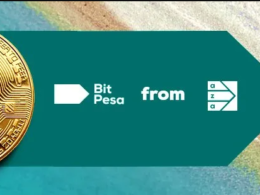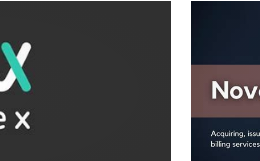
When it comes to blockchain, there are many terminologies and technologies which can be quite confusing and frustrating for new users. This phenomenon is not unique to the blockchain technology but also to all of the computer science fields especially since each new day brings new inventions regarded as the new hot thingy in the computer geeks universe.
The latest inventions involve the Bitcoin ordinals and NFTs, NFTs are discussed somewhere on this platform.
In the latest major update for Bitcoin, taproot, which took place in late 2021, the Bitcoin blockchain introduced the concept of Bitcoin ordinals. One bitcoin contains 1 million satoshis or sats in short. With the introduction of the ordinals protocol, sats could be sent individually and with optional extra data attached to them. This data ranges from text, images, videos and many more that are attached to the sats with the help of the ordinal protocol in a process called inscription. Serial numbers are inscribed into the sats in the order in which they are minted hence the term ordinals. These ordinals can be minted by users running the bitcoin nodes. Some examples of ordinals include ordinal punks and ordinal penguins.
From the information above, one could argue that this protocol has a striking resemblance to NFTs and they would be correct to some extent. This looks like a within the chain implementation of NFTs in the Bitcoin blockchain which is rather different than NFTs on the Etherium Blockchain. That being said, ordinals and NFTs have a lot of differences. For one NFTs are created using smart contracts and the assets they represent are hosted elsewhere. Ordinals on the other hand are inscribed directly into ordinal sats and then included in blocks in the Bitcoin blockchain. This means that ordinals are fully-on-chain and do not require a sidechain or separate token to host them as is common with NFTs.
A Bitcoin core contributor that was involved in the development of ordinals referred to them a s just a system for numbering satoshis while giving individual sats a serial number and then tracking them across transactions. Through this serial numbers, the ordinal protocol then provides another function for Bitcoin beyond the storage and transfer of value. This means that inscribed sats compete for blockspace with other regular Bitcoin transactions thereby increasing network fees. The network fees vary depending on the size and nature of data inscribed in the sats. The limit when it comes to size is around 4MB for a single sat. This is not ideal for a blockchain but these fees forma vital incentive for miners to secure the network. As block rewards dwindle over time, network fees will eventually be the only reason for committing hashpower to bitcoin in the future. Therefore ordinals add extra utility to bitcoin by generating network activity without classical transfer of coin volume for monetary purposes.
conclusion
The introduction of the Ordinal protocol in the Bitcoin blockchain has been met with mixed reactions. Some stakeholders, especially among the developers of the Bitcoin Blockchain, see it as a waste of blockspace and resources required in encoding, inscribing and minting of sats. These stakeholders argue that Bitcoin’s simplicity and limitations to store and transfer value should be preserved at all costs.
More progressive voices however, argue that the Bitcoin blockchain needs to adapt in order to thrive and survive in the future. It is however a matter of the forces within the blockchain market to decide whether Blockchain ordinals or NFTs rule the market by comparing the number of users and revenue generated from the activities of the above mentioned technologies.








